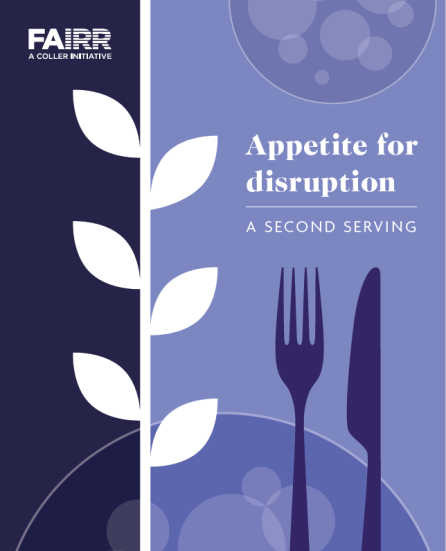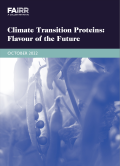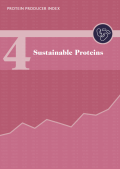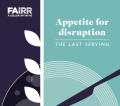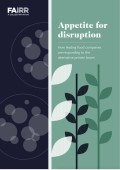Introduction
The COVID-19 outbreak has triggered an unprecedented health and economic crisis. As well as affecting every country in the world, this novel virus has laid bare the underlying risks, vulnerabilities, and inequities of today’s global food system. Nowhere is this more evident than in the animal protein industry. US pork processors, for example, saw their output capacity reduce to 50% in early May, roughly 20% of the industry’s workers contracting the virus. Poultry farmers in Canada have collectively reduced output by 12.6%. These effects are being felt across the entire supply chain, with large grocery retailers in the US having to ration the amount of meat that consumers can buy.
Although the exact origins of COVID-19 remain unclear, the virus is widely believed to be the latest in a long list of zoonotic pathogens to have recently emerged. Such pathogens occur when bacteria is transmitted from animal to human, and include SARS, swine flu and H5N1 bird flu. In the past, more than two-thirds of zoonotic diseases originated in wild animals such as bats, rodents and primates. Since the 1940s, however, nearly half of all zoonotic diseases in humans were found to have come from livestock. This increase in disease incidence is closely linked to the industrialisation of animal agriculture, which has transformed the availability and accessibility of cheap protein sources. Moreover, it has created the perfect breeding ground for zoonotic diseases, which are now threatening global food security.
Consumers worldwide are rethinking how they eat and what they eat amidst supply chain disruptions and public concern over the link between meat production and viral diseases. This has prompted a surge in demand for plant-based products, particularly in Asia where African Swine Fever (ASF) has decimated pork production and pushed prices up. Chinese hog prices in May were 82% higher compared to 2019, and the direct cost of ASF to the sector is estimated between $55-130 billion. Pork consumption is also estimated to drop by about 35% this year, which is significant given China accounts for 40% of global pork demand. Global diets need to become more balanced and diversified, with a greater focus on plant-based and alternative proteins (fruits and vegetables, grains, pulses, meat analogues, cell-based meat, and insects), which the IPCC describes as a major mitigation strategy with the potential to reduce 0.7-8 Gt CO2e per year by 2050.
Dietary choices are key determinants of environmental sustainability and human health
In the US, beef accounts for only 4% of the retail food supply by weight, yet it represents 36% of diet-related GHG emissions. Meanwhile, higher intakes of animal-derived protein are linked to higher death rates from cardiovascular disease (CVD) and cancer. A 2019 study by Oxford University and the University of Minnesota found that an adult who eats a typical Western diet and then chooses to eat an additional two rashers of bacon per day (or 50g of processed red meat) per day, will increase his or her chance of death by 41%.
Supply-side interventions alone are not enough to mitigate the negative environmental and social impacts stemming from the sector. Fortunately, change is underway. Innovation in the food system is at an all-time high; consumer perception and demand is changing rapidly, which is further prompted by the current global health crisis; and Big Food is evolving its strategic and sustainability ambitions to ensure brands stay relevant and climate-positive.
Protein diversification is driving business growth and positive climate impacts
As demand for protein continues to grow, so too does the challenge of sustainably feeding a growing population. This does, however, present many new commercial opportunities. Analysis by the FAIRR Initiative shows that the global protein market is valued at around $1.5 trillion.
The nascent meat alternative market still represents approximately 1%, though it is projected to take a significant chunk of the total protein market in the coming years, with estimates ranging from 3% by 2025 to 60% by 2040.
Protein diversification has, therefore, become both an important growth driver and a climate risk-mitigation tool for companies worldwide. Companies are investing more in research and development (R&D), marketing and their internal capacity to ensure long-term portfolio and supply chain resilience.
Terms like ‘plant-based’ or ‘vegan’, though previously considered niche, are now commonly used by companies. 72% of the 25 companies in FAIRR’s engagement have referred to these terms in their quarterly and annual reports to investors and other stakeholders, compared to 64% in 2018/19.

